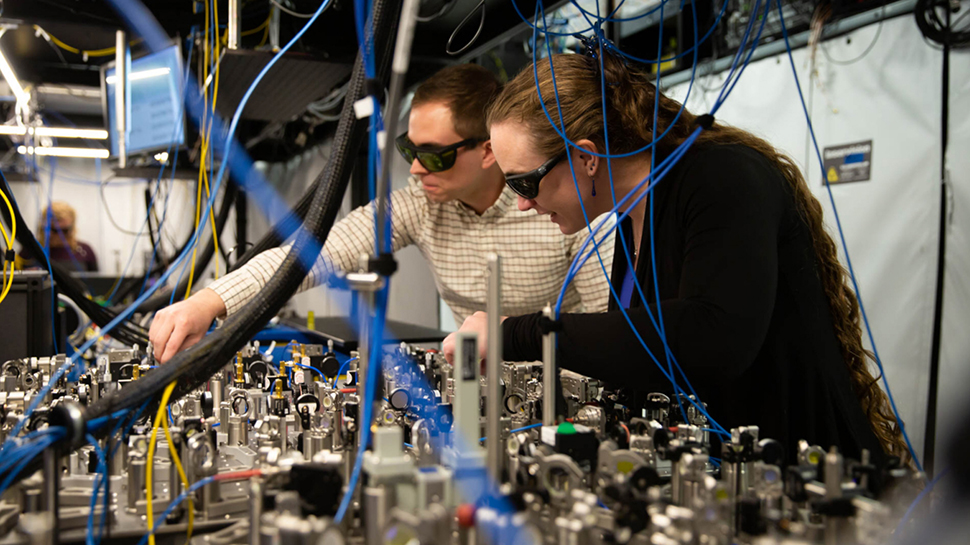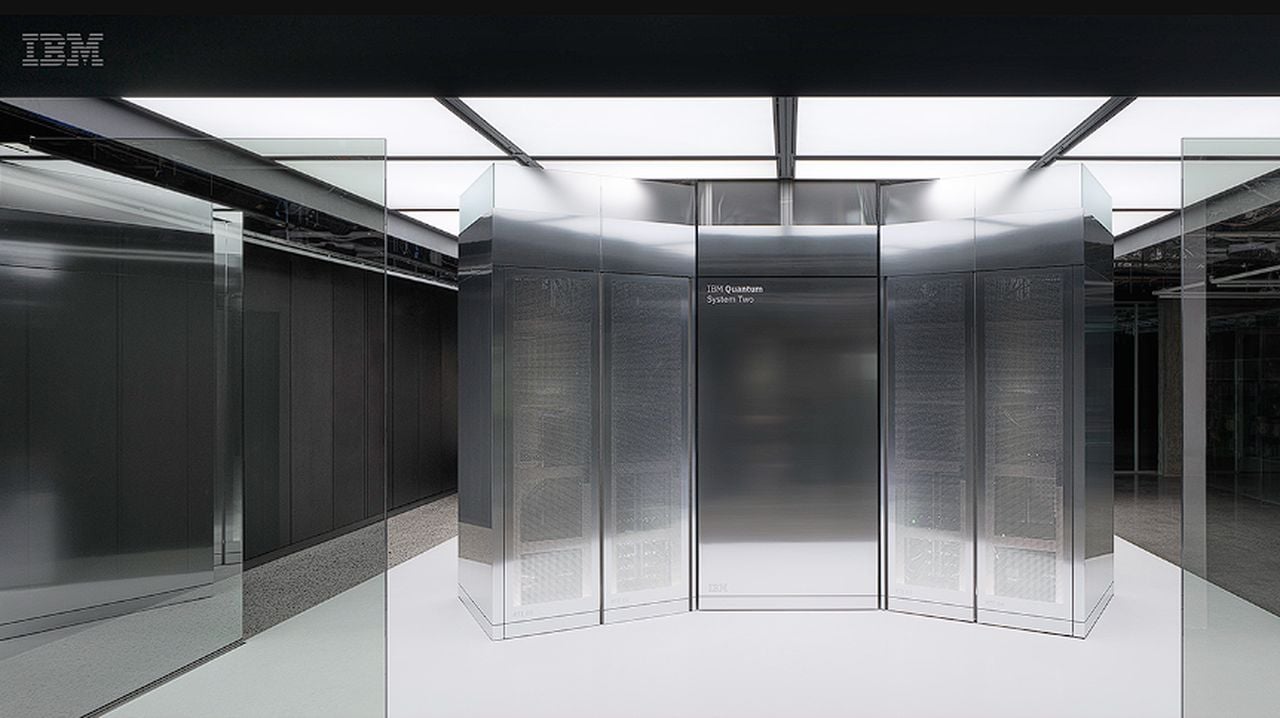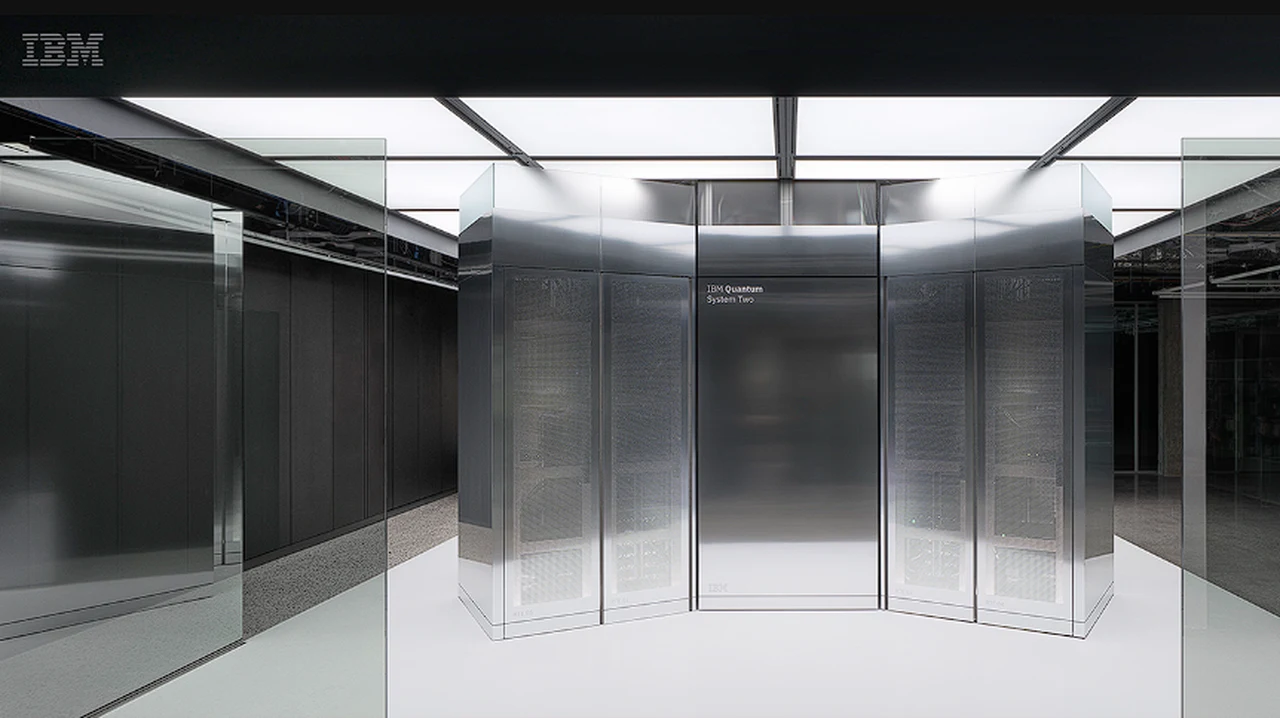[ad_1]

La computación cuántica ha sido durante mucho tiempo un tema de fascinación y entusiasmo, y promete resolver problemas complejos que exceden con creces las capacidades de las computadoras clásicas. A medida que nos adentramos en 2025, esta tecnología transformadora está preparada para dar un gran salto adelante, avanzando de qubits físicos a qubits lógicos. Este cambio representa un momento crucial en el viaje de la industria cuántica, que allana el camino para desarrollos interesantes en diversas industrias y aborda desafíos técnicos que, hasta ahora, han limitado el potencial de las computadoras cuánticas.
Anticipando el salto de los qubits físicos a los lógicos
De forma similar a los clásicos. Computadoras Los bits se utilizan para almacenar información, ya que las computadoras cuánticas se basan en el uso de qubits físicos para almacenar información cuántica. Desafortunadamente, los qubits físicos son sensibles al ruido ambiental, lo que los hace propensos a errores y no son adecuados para resolver grandes problemas computacionales. Esta limitación se puede superar mediante la corrección de errores cuánticos, que codifica información en múltiples qubits físicos para crear unidades más confiables y resistentes a errores llamadas qubits lógicos. Esta transformación permitirá que las computadoras cuánticas aborden problemas del mundo real, trasladando la tecnología de aplicaciones experimentales a aplicaciones prácticas a gran escala.
Para crear eficazmente muchos qubits lógicos, los dispositivos de computación cuántica deben integrar muchas técnicas y algoritmos avanzados y proporcionar recursos computacionales suficientes y confiables de manera sostenible. Los recientes avances técnicos en la industria cuántica, las asociaciones industriales de alto nivel y el creciente número de científicos e ingenieros que trabajan para corregir errores cuánticos han acelerado el cronograma para la creación de qubits lógicos mucho antes de lo esperado.
Director de Producto, Atom Computing.
¿Qué se puede transformar en qubits lógicos?
La transición a qubits lógicos en 2025 mejorará significativamente las capacidades de las computadoras cuánticas, con implicaciones de gran alcance en múltiples sectores.
Se espera que la química cuántica sea una de las primeras aplicaciones de la computación cuántica que aproveche los qubits lógicos para simular reacciones químicas con mucha mayor precisión que las computadoras clásicas. La primera ola de estudios será muy científica, pero habrá un rápido punto de inflexión para la exploración del mundo real. Aplicaciones Lo cual tendrá un valor económico y social tangible.
Otra área que se beneficiará del paso a los qubits lógicos es la energía renovable y el desarrollo de baterías. Al simular procesos físicos cuánticos, como el comportamiento de los electrones en nuevos materiales, las computadoras cuánticas ayudarán a acelerar el desarrollo de baterías y soluciones de almacenamiento de energía más eficientes. Esto podría conducir a avances en los vehículos eléctricos, las redes de energía renovable y la búsqueda de soluciones energéticas sostenibles.
La lista de aplicaciones se amplía aún más a medida que aumenta el número de qubits lógicos y la calidad. Por ejemplo, acelerar la exploración de vastos espacios químicos para identificar fármacos potenciales para aplicaciones farmacéuticas, modelar sistemas complejos en el sector financiero, optimizar problemas de cadenas de suministro interconectadas para la industria manufacturera, modelar las propiedades físicas de nuevos materiales y mejorar el rendimiento de las máquinas. aplicaciones de aprendizaje. Todo esto se verá acelerado por la disponibilidad de qubits lógicos, que permitirán a los usuarios ejecutar algoritmos más profundos y complejos que antes.
Aparte del creciente interés en las aplicaciones de la computación cuántica, una cuestión importante que está adquiriendo cada vez más importancia es la sostenibilidad de las propias tecnologías cuánticas. Como hemos visto con los desarrollos de la IA y los centros de datos, la huella física y ambiental de las tecnologías digitales puede ser radical, y la computación cuántica tendrá que encontrar su lugar de una manera más respetuosa con el medio ambiente. Los enfoques sosteniblemente escalables, como la computación atómica neutra, están ganando popularidad en el campo cuántico debido a los rápidos avances en el rendimiento técnico y su huella ambiental relativamente pequeña: un sistema atómico neutro a gran escala cabe dentro de una sala de conferencias típica y consume menos energía que un solo sistema de datos. rejilla central.
2025: un salto cualitativo
A medida que nos acercamos al año 2025, la industria de la computación cuántica está al borde de una gran transformación. El paso de qubits físicos a qubits lógicos cambiaría las reglas del juego y abordaría los desafíos de tasa de error y escalabilidad que han obstaculizado la computación cuántica durante años. Con empresas con visión de futuro a la cabeza, la próxima generación de sistemas cuánticos será más estable, sostenible y potente que nunca.
Este cambio abrirá la puerta a una nueva era de la computación cuántica, en la que problemas que antes no tenían solución se abordan directamente. Para finales de 2025, es posible que veamos cómo la computación cuántica pasa de una promesa teórica a una realidad práctica, transformando industrias y remodelando el futuro de la tecnología.
Hemos evaluado las mejores computadoras portátiles empresariales.
Este artículo se produjo como parte del canal Expert Insights de TechRadarPro, donde mostramos las mejores y más brillantes mentes de la industria tecnológica actual. Las opiniones expresadas aquí son las del autor y no necesariamente las de TechRadarPro o Future plc. Si está interesado en contribuir, obtenga más información aquí: https://www.techradar.com/news/submit-your-story-to-techradar-pro
[ad_2]
Source Article Link







